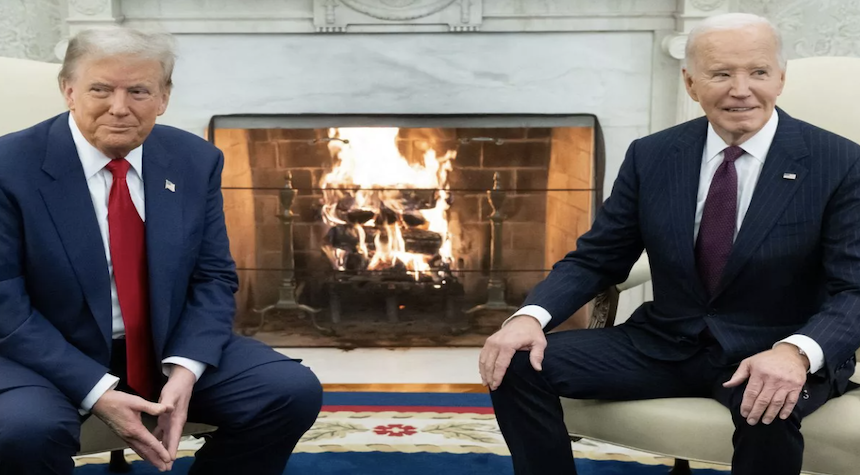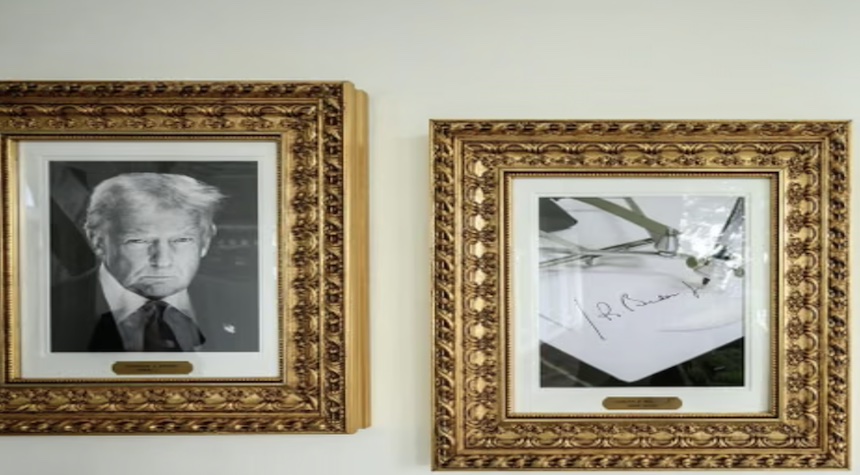The White House, under the current administration of President Donald Trump, has made alterations to the presidential portrait gallery along the West Wing Colonnade. The latest addition to the gallery has been unveiled, displaying portraits of all the U.S. Presidents. However, an image of an autopen has replaced the portrait of former President Joe Biden.
This change was highlighted by the White House on its social media platforms. President Trump has been vocally critical of Biden’s use of the autopen, a customary tool employed in the execution of official documents when signatories are unable to do so in person. It is worth noting that this tool is widely used in both the White House and Capitol Hill and has been utilized by past presidents across party lines.
President Trump has consistently made unfounded allegations that Biden was unaware of events during his presidency due to his use of the autopen for signing legislation and pardons. The incumbent president has even suggested that the pardons signed by Biden using this technology should be deemed invalid.
You May Also Like: Trump’s Tylenol Warning Sends Shockwaves Through Parents Nationwide
Former President Biden has vehemently disputed these claims. In his statement, Biden asserted, “Let me be clear: I made the decisions during my presidency. I made the decisions about the pardons, executive orders, legislation, and proclamations. Any suggestion that I didn’t is ridiculous and false.”

This development follows earlier reports that Trump has hinted at making such an unusual move as part of his ongoing criticisms of Biden’s legacy. “It’s a decision I have to make. We put up a picture of the autopen,” Trump reportedly said in an interview with The Daily Caller earlier this month.
The colonnade, an integral part of the White House since its construction during Thomas Jefferson’s presidency, serves as a quick transit route between the West Wing and the Executive Residence. The alteration of the gallery is part of a series of changes implemented by Trump, including the paving of grassy areas and the addition of tables with umbrellas for hosting dinners at the so-called “Rose Garden Club.” Construction is also underway for a new ballroom, a project Trump has publicly endorsed.
The significance becomes clear when we consider that this is not the first instance of Trump using his influence to remove representations of those he disagrees with from the White House. For instance, in June, Trump replaced a portrait of Hillary Clinton, former first lady, secretary of state, and his rival in the 2016 election, with a patriotic-themed painting of himself. Furthermore, in August, he relocated the portraits of former Presidents Barack Obama, George W. Bush, and George H.W. Bush to less prominent positions within the White House.
The actions of President Trump have once again raised important questions about the boundaries of presidential authority, the respect for tradition, and the importance of institutional decorum.

